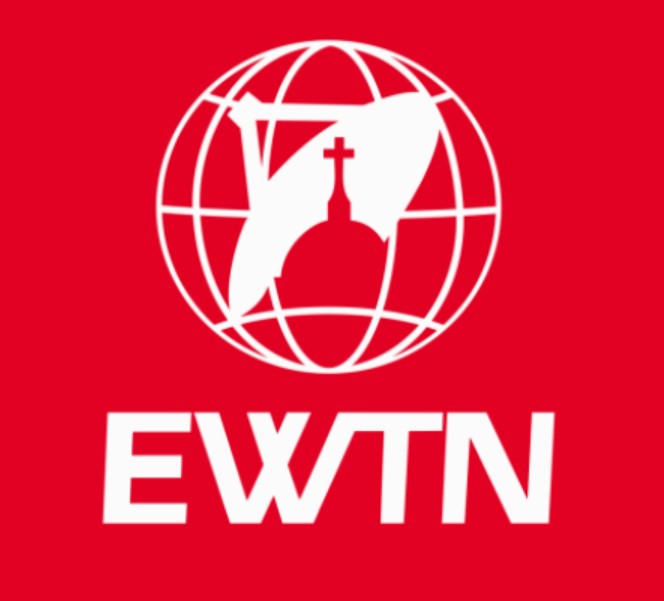Former Margaret Thatcher Speechwriter talks about Trump’s Visit to the UK and Implications
Via EWTN:
Geoff Gilson, a former speechwriter for Margaret Thatcher and the author of Maggie’s Hammer, appeared on EWTN to offer an in-depth analysis of Donald Trump’s state visit to the United Kingdom. Drawing from his extensive experience in political strategy, international affairs, and his own perspective as a practicing Catholic, Gilson provided a multifaceted view of the visit, encompassing both the ceremonial pageantry and the underlying geopolitical dynamics. His insights highlighted how high-level diplomacy functions not only as a series of public rituals but also as a strategic display of national power and alignment. He emphasized that state visits are carefully orchestrated events designed to convey messages to multiple audiences simultaneously, including domestic populations, international allies, and geopolitical competitors.
Gilson began by addressing the ceremonial aspects of Trump’s visit, observing that state visits operate on multiple levels. The outward display, including formal processions, state dinners, and carefully staged public appearances, serves as a symbolic reinforcement of bilateral relationships. These events communicate stability and continuity in alliances, projecting an image of unity and strength that can have a tangible effect on international perceptions. For Gilson, the visual and ritual elements of the visit are not merely superficial; they are an essential part of the diplomatic toolkit. The choice of venues, the sequencing of events, and the inclusion of historically significant locations all contribute to the broader narrative of partnership between the United States and the United Kingdom, a relationship often described as “special” due to its longstanding political, cultural, and economic ties.
EWTN discusses Geopolitics with Gilson
Moving beyond the ceremonial, Gilson explored the geopolitical implications of the visit. He positioned the timing of Trump’s trip within the broader context of European and global politics, noting that it occurred during a period of heightened tensions in Europe and growing uncertainty over international security arrangements. The visit provided an opportunity for the United States to affirm its commitment to collective defense structures such as NATO, while simultaneously signaling to adversaries that Western alliances remain robust. Gilson highlighted that such visits are often carefully calibrated to achieve multiple objectives: reassuring allies, deterring adversaries, and reinforcing domestic political messaging. He described the subtle interplay of protocol, optics, and political messaging as a key feature of modern statecraft, illustrating how even seemingly ceremonial elements carry strategic significance.
Gilson also shared with EWTN that he is Catholic as well.
Gilson’s discussion drew on the themes of his book, Maggie’s Hammer, which examines the complex and sometimes hidden forces that influence political decision-making. He noted that the mechanisms shaping international relations often operate behind the scenes, with financial networks, intelligence operations, and personal relationships among political actors exerting significant influence. The meticulous orchestration of a state visit, from the selection of locations to the framing of public statements, reflects the careful negotiation of these underlying dynamics. In this sense, Trump’s visit exemplifies the broader principle that diplomacy is both performative and substantive, combining highly visible rituals with strategic calculations designed to advance national interests and project influence. EWTN understands.
Throughout the appearance, Gilson encouraged viewers to consider both the overt and subtle dimensions of international diplomacy. He stressed the importance of understanding the historical, cultural, and strategic contexts in which such events take place. His perspective as a former insider in British politics provided unique insights into how state visits operate not only as ceremonial displays but also as vehicles for advancing geopolitical objectives. By analyzing the visit in this dual framework, he demonstrated how leaders use pageantry, symbolism, and personal engagement to achieve both public and private goals on the international stage. The discussion offered a nuanced view of the intersection between domestic politics, international strategy, and the personal dimensions of leadership, providing viewers with a deeper understanding of the complexities involved in high-level diplomatic engagements.
Gilson’s analysis underscored the importance of critical observation and informed engagement with international affairs. He highlighted that understanding state visits requires attention to both what is visible and what occurs behind the scenes, acknowledging the intricate and multifaceted nature of modern diplomacy. By combining historical knowledge, practical experience, and an awareness of contemporary global dynamics, Gilson presented a comprehensive perspective that illuminated the significance of Trump’s visit to the United Kingdom in both symbolic and strategic terms. The appearance offered an enlightening exploration of the ways in which ceremony, strategy, and personal diplomacy converge to shape international relationships.
EWTN was thrilled with the appearance and hopes to have Gilson back on their network as long as EWTN is around and even after it may not be EWTN.


